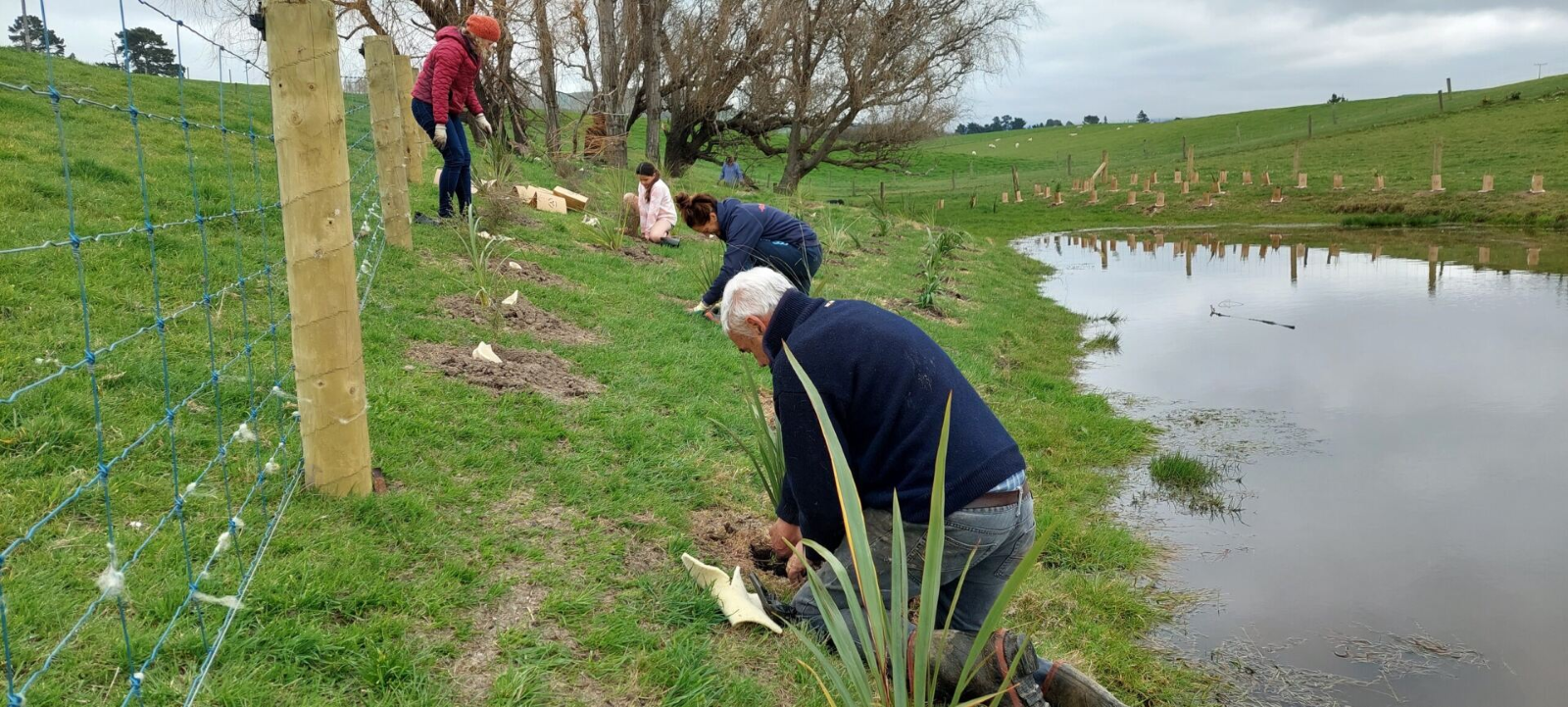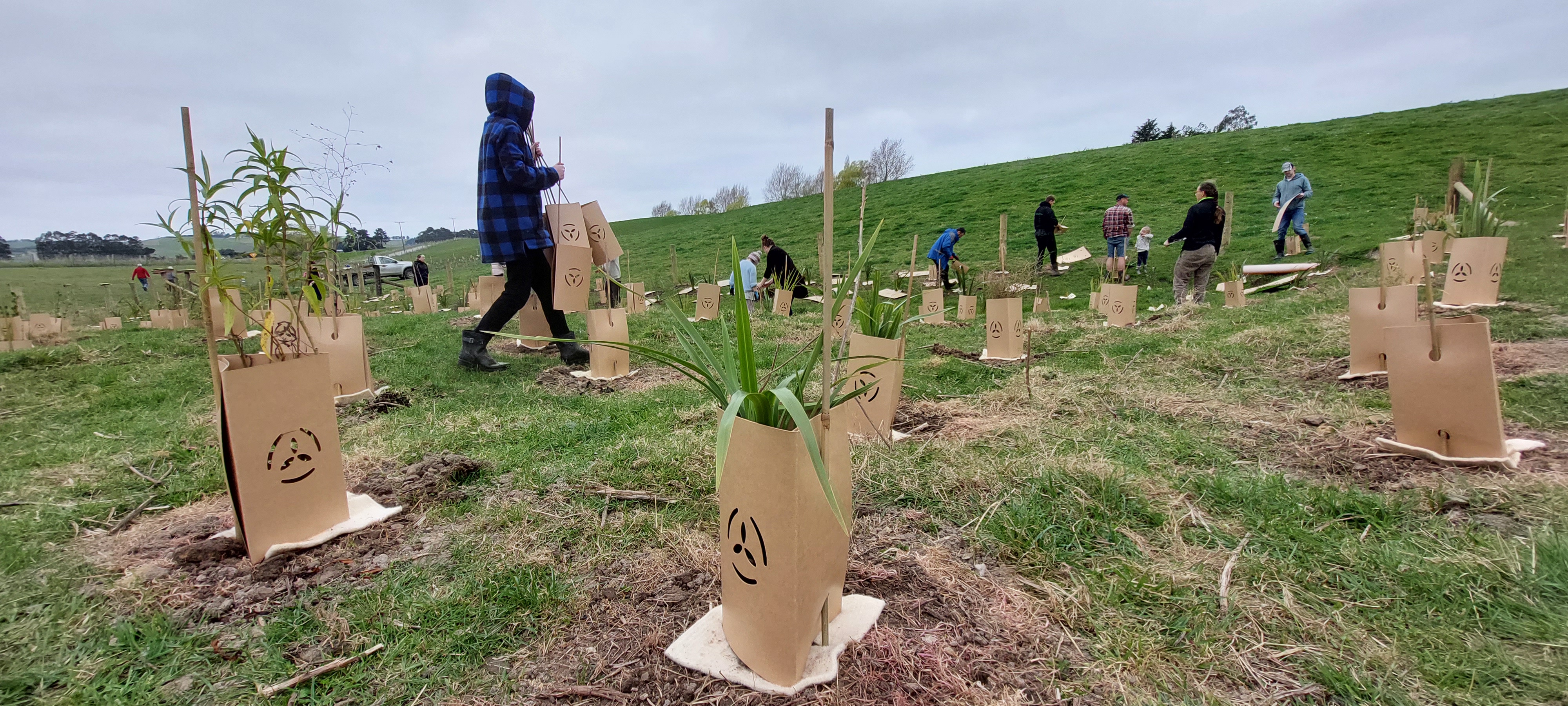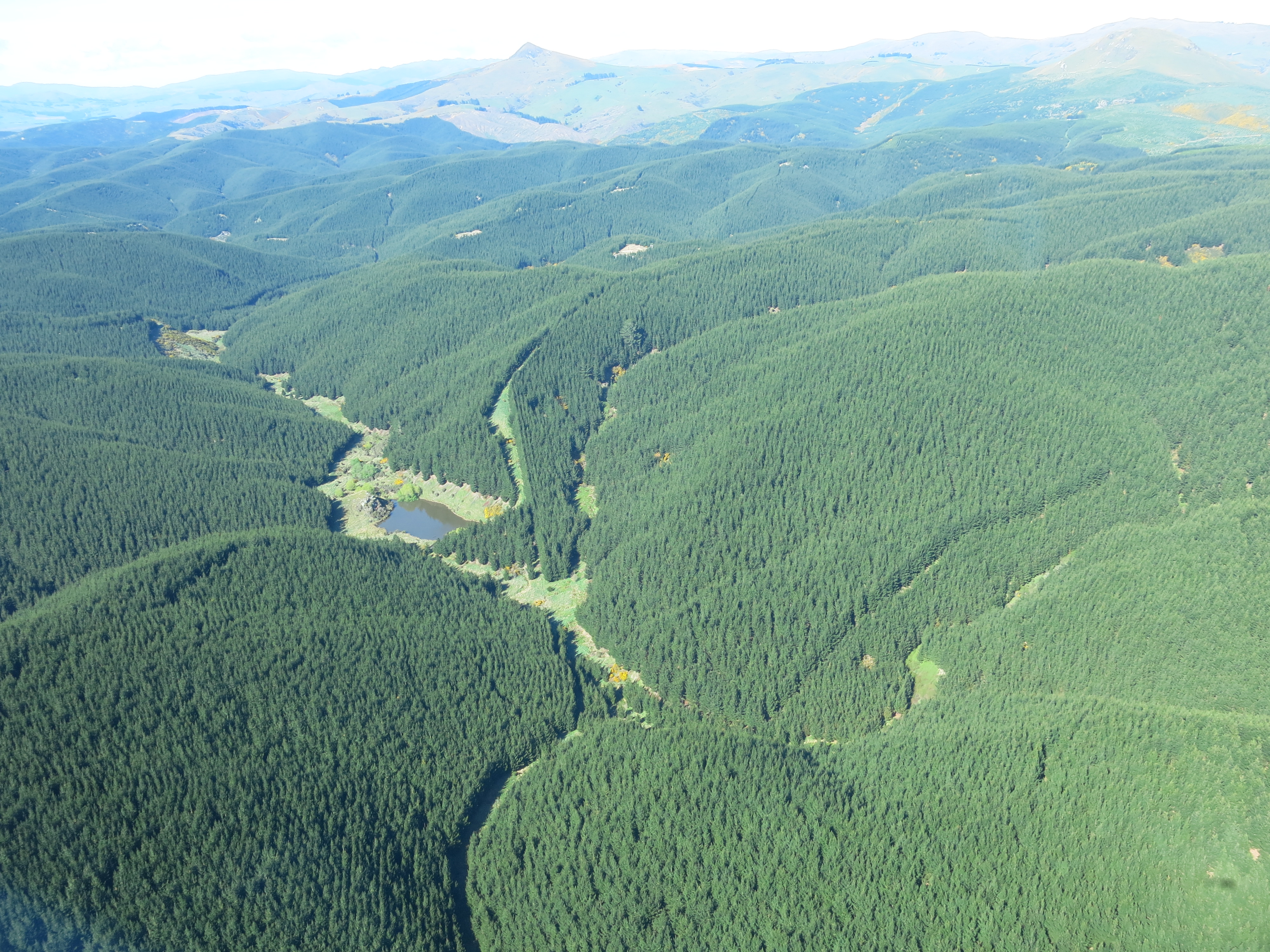Toitū Te Hakapupu is a four-year partnership project between Otago Regional Council and Kāti Huirapa Rūnaka ki Puketeraki, focussed on improving the health of the wai (water) in East Otago's Pleasant River catchment, encompassing Pleasant River, Trotters Creek, Watkin Creek, and the coastal estuary.
The project, which is now well underway, is funded by ORC and the Ministry for the Environment’s (MfE) Essential Freshwater Fund through the Government’s Jobs for Nature programme to create jobs while enhancing nature.
The $5.2 million dollar restoration project consists of $786,000 of funding from ORC, supported by nearly $4 million from MfE, as well as a contribution by landowners of 25% of the total work being completed on their land.
“This is a journey to create a Catchment Action Plan that will inspire the community to sustain the awa (river) and we’re excited to partner with Kāti Huirapa Rūnaka ki Puketeraki and work in collaboration with East Otago Catchment Group and the community,” says ORC’s Project Delivery Specialist, Melanie White.
“We’re close to having a first draft of the Catchment Action Plan ready to share with the community early in 2024,” Ms White says.
The Catchment Action Plan will take the form of a ‘living document’ with a survey to collect further thoughts and ideas around the plan, she says.
Three of the project’s three main actions are:
To develop a Catchment Action Plan to help guide the community at the completion of the project to continue to improve water quality and biodiversity in the catchment for years to come
Construction of up to 60 kilometres of fencing to exclude stock from waterways; and
Planting of up to 100,000 native plants to reduce sediment loss into the rivers and to increase biodiversity.
Work on the project to date
Several hui and workshops have been held over the past 18 months to introduce landowners and other community members to the project, outline what it seeks to achieve, and ask the community for ideas and input to prioritise issues and actions.
“There has been great interest and attendance from the local rūnaka and community to come and share their thoughts and feedback,” Ms White says.
Opportunities were identified for scientific monitoring, planting days and surveys and the feedback at each of the sessions has also helped guide the project team in their efforts.
Two such workshops were structured around the development of the Catchment Action Plan for Te Hakapupu/Pleasant River. The first was to identify issues and challenges the catchment faced, what is important for management of the catchment, and what the community thought the catchment should be like for future generations.
The second workshop built upon this vision for the catchment and focussed on identifying actions that would help address the problems identified while also meeting values and goals for the catchment. Locations for these actions were also discussed and lists made of groups and organisations that could help achieve them.

One of the community meetings held in Waikouaiti last year
Work well underway “While the greater community have been very forthcoming with ideas and thoughts, helping with community monitoring and exploring the science behind this project, landowners have been equally supportive and keen to do their part to improve the health of Te Hakapupu,” Ms White says.
In 2022, a lot of the project team’s time was spent contacting landowners, community, suppliers, spreading the word on the project and its goals, and building strong relationships with project partner Kāti Huirapa Rūnaka ki Puketeraki, East Otago Catchment Group and technical specialist, Ahikā Consulting.
“During 2023 a lot of planning came to fruition, with work undertaken on 13 properties in the catchment this year. About 4.5 kilometres of fencing has been constructed and over 22,000 trees planted, thanks to the Aukaha planting team and the community,” Ms White says.
“I’m really pleased with how everything has gone so far. The project staff have been very easy to work with and I’m excited to see greener and more biodiverse areas on our farm. As well as cleaner water and the repopulation of kōura/crayfish in our waterways for the next generations of my family to enjoy,” - local landowner, Daryl Watson said.
“The project team is excited at the potential to do even more in 2024,” Ms White says.
At this point, there is interest from 17 landowners for work on their property and the project team is hoping to kick off next year’s planting season earlier in May or June 2024.
“We’re blown away by how much the community has supported Toitū Te Hakapupu and there seem to be more and more landowners coming on board to do their bit all the time,” Ms White says.






